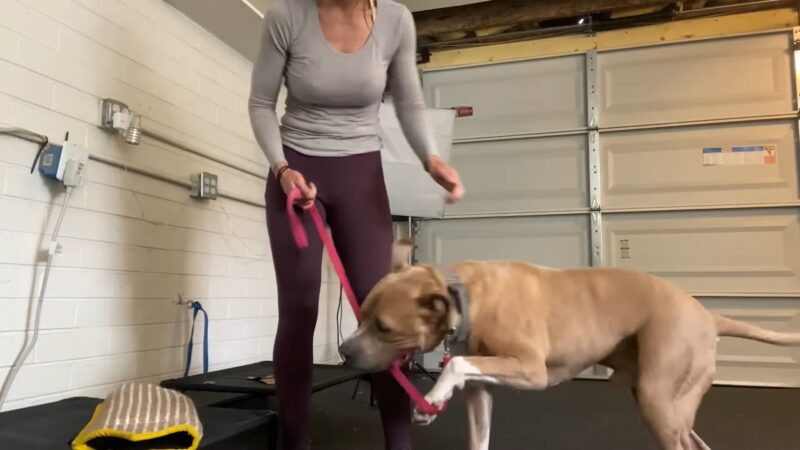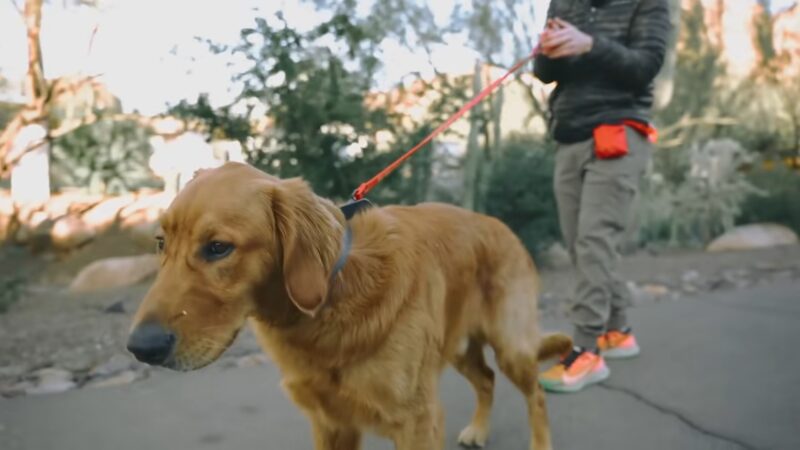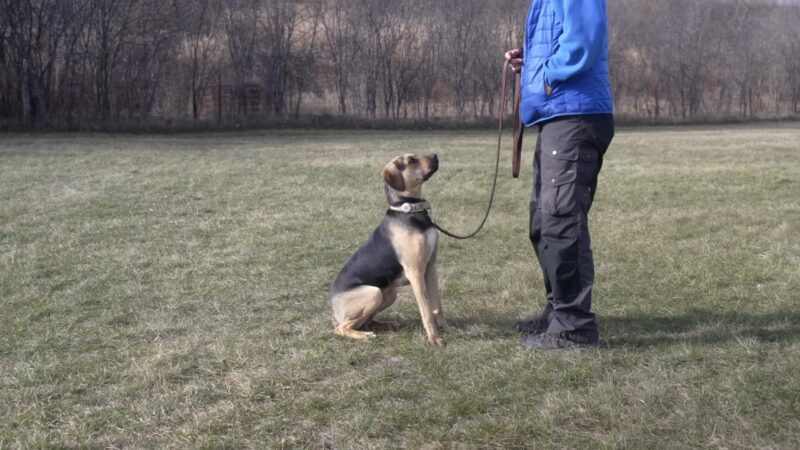Leash training is one of the essential parts of ensuring control over the dog’s behavior. Every dog owner should know how to train their dog on a leash, but it can be challenging. The challenges of leash training can range from pulling to leash aggression, from distractions to stubbornness.
Knowing your dog’s behavior and how they respond to training is crucial. Nevertheless, these challenges can be resolved with the appropriate methods, patience, and perseverance. Further, the article will delve into the top leash training difficulties in this blog post and offer helpful advice and detailed instructions on overcoming them.
4 Common Leash Training Issues And How To Tackle Them?
Both dog owners and pets want a good time during their walks. This is why it is important to train the dogs according to their behavior and training capacities. One of the most crucial parts of training is a good reliable leash.
You need to have good control of your dog and for that, you can rely on Rocky Mountain Dog for strong hands-free leashes. Scroll down to learn about the challenges you might face and how to overcome them without rigorous training sessions.
Chewing The Leash:

Issue:
Some dogs playfully, impatiently, or out of boredom chew the leash. They tend to feel that it is a burden and do not like it. The trainer must make the dog familiar with it. They feel it is a burden as they are usually not familiar with it and its use. It is also possible that they fear the leash and have past negative experiences. You need to tackle and train by judging your pet’s mood.
Solution:
Redirection is a good way of distracting your dog from chewing the leash. To divert your dog’s focus away from the leash, carry a chew toy or reward. Anytime he thinks of damaging the leash you should distract him with the toy. This way even if he has fear of leash it will be away from their mind.
Also provide the “Leave It” command, when your dog starts chewing on the leash, give him the order “leave it.” Take a dominant tone and ask him to leave it. He will understand the command and will leave it. Check that the leash is the appropriate length and kind.
Certain materials may be more appealing to dogs to gnaw on. Reach out to premium leash suppliers to get good leashes and assure comfortable walks for your pet.
Pulling Leash During The Walks:
Use socialization to gradually expose your dog to other dogs and people in a controlled manner. Use positive reinforcement to reward calm behavior and prevent excessive excitement.

Issue:
Dogs have an inquisitive nature; when they go out for walks, they tend to get out of control and start pulling the leash. Dogs tug on leashes out of a natural curiosity to investigate their environment, which can make walks uncomfortable or even dangerous. They can even make it hard to control them in extreme situations.
Solution:
Begin by using a collar or harness that fits your dog appropriately and won’t put undue strain on its neck. It should give proper support to your dog. Next, work on walking your dog on a loose leash in a supervised area, such as your backyard or a peaceful street.
Also, during the walks, ask him to wait and stop him in a short span of time. He will be in control and calm him, pet him in between to keep them in a calm mood. Reward your dog for walking gently beside you without tugging with goodies or a clicker.
Continuous Barking:

Issue:
Dogs bark for a variety of reasons, such as fear, enthusiasm, or displeasure. It is hard to know the sole reason for their continuous barking. They usually feel uncomfortable and get a little cranky if they do not like the leash control.
Solution:
If your pet barks a lot while wearing a leash, attempt to figure out what’s causing it and deal with it. Take him to playdates or dog parks to socialize them, for example, if they bark at other dogs. Try to make him friends with the other dogs of their age.
He will feel a sense of similarity and will become acquainted. If they bark because they’re frustrated, consider adding games and goodies to make walking more fun for them. With some fun activities, the pet can totally forget any sort of discomfort. Diverting their minds from aggressive behavior can help you have good walks with your pet.
Aggressive Leash Behavior:

Issue:
Aggressive behavior requires good and calm training. Being harsh on your pet will not help you gain their trust. Leash aggressiveness, sometimes referred to as leash reactivity, is when a dog acts aggressively toward people or other dogs while wearing a leash.
Keeping them too close indoors can cause this problem. Fear, annoyance, or a lack of socializing can all cause this behavior. They tend to feel unsafe around other people because they are not well trained. Walking with leash aggression can be difficult and frustrating, but it can be controlled with the correct training.
Solution:
Priority should be given to determining the underlying cause of your dog’s leash aggression. If it’s dog nature, then first you need to train them to have a calm and happy nature. Pet them while they are taking a walk; this way, they will feel a sense of assurance.
No dog is too big to evaluate the circumstances and create a customized behavior modification strategy. To help your dog associate pleasant experiences with this approach, desensitization and counterconditioning techniques may be used.
The Takeaway
Refusing to walk, jumping up on people, not going in the right directions, and not moving ahead with the leash on are some of the common leash challenges. They can be easily resolved if you provide the right training and support your pet.
When you provide them with care and the right commands from time to time, they will understand and react in a better way. Choosing the right leash is undeniably an important thing to ensure good walks for your pet. Do your research and get the best leash for your furry!







